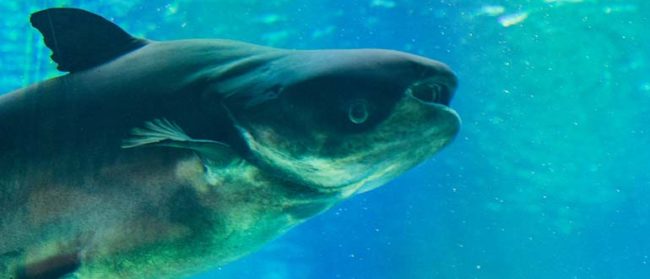This World Pangolin Day, Southeast Asia Globe breaks down everything you need to know about this strange and increasingly endangered animal
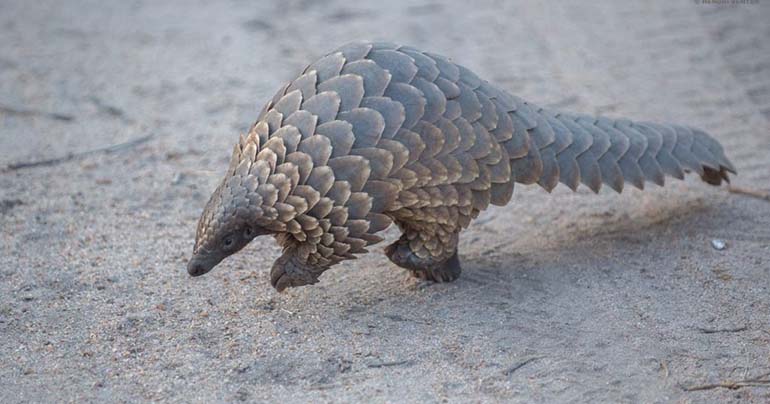
Pangolins are the most trafficked animals in the world that you’ve never heard of. All eight species are threatened with extinction, of which two Asian species, the Chinese pangolin and the Sunda – or Malayan – pangolin are critically endangered.
In 2014, researchers from the world’s leading authority on threatened species, the International Union for the Conservation of Nature (IUCN) declared Chinese pangolins at risk of being “eaten to extinction”, with consumers in China, Hong Kong and Vietnam clamouring for a taste of its meat as the ultimate luxury food and status symbol.
The imperilled status of pangolins was recognised in 2016 when the multilateral treaty, the Convention on International Trade in Endangered Species (CITES) uplisted all eight species to Appendix 1, prohibiting all trade of this weird and wonderful animal.
But what are pangolins?
Cutting a look that has been described as “an artichoke with legs and a tail” by the IUCN, these distinctive creatures have been nicknamed “scaly anteaters” for their striking appearance and insect diet.
Pangolins catch their favourite snacks with sticky tongues that can be up to 40 cm longer than their entire body. Setting up shop next to ant nests and termite mounds, pangolins are thought to consume a massive 70 million insects every year. In this way, pangolins perform an important ecological role in regulating insect populations.
The name “pangolin” comes from the Malay word “pengguling”, which means roughly “something that rolls up”, referring to the near-impenetrable ball they instinctively curl up into to protect their soft underbellies when sleeping or feeling threatened. Their distinctive overlapping scales can make up 20% of their weight, and cover almost the entire surface of their body.
Video: Jeremy Holden for Wildlife Alliance
Where do they live?
Pangolins make their homes in tropical forests, dry woodlands and savannah across sub-saharan Africa and Asia. Most species shelter in trees, often hanging from branches using tails that also serve as a transportation device for young pangolins. Unfortunately, females only produce one baby per year, or every other year, meaning that pangolin numbers are hit hard by poaching and slow to recover.
Chinese pangolins live in underground burrows dug out with their phenomenally strong legs and claws, with some burrows large enough to accommodate a grown man standing. Indeed, their burrowing skills are the stuff of legends – according to Chinese folk stories, pangolins navigate the whole world via their subterranean burrows. Their name in Cantonese translates to “the animal that digs through the mountain,” or, less poetically, “scaly hill-borer.”
Use of pangolin scales in traditional Chinese medicine (TCM) has a long history going back thousands of years and are still used – unsuccessfully – to treat everything from cancer to hangovers. The scales are made up of keratin, the same compound found in human fingernails, and beliefs in their medicinal value are completely unfounded. Nevertheless, rising prosperity across Cambodia, Indonesia, Laos and Vietnam continue to drive demand for pangolin products.
Why are they threatened?
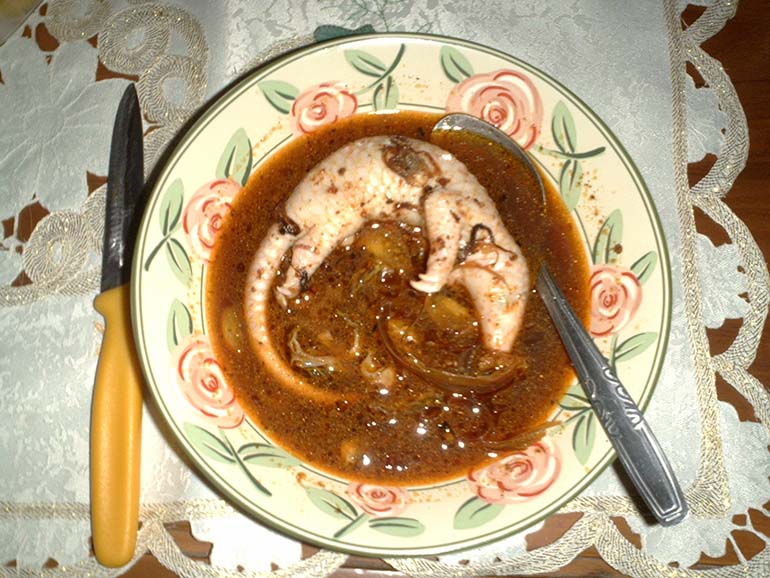
These wondrous animals are poached and illegally traded in huge numbers, with estimates of individual pangolins traded in Asia since 2000 running as high as 1 million, according to IUCN.
Wildlife trafficking monitoring organisation TRAFFIC, in collaboration with Adelaide University, found that at least 20 tonnes of pangolins and their parts are trafficked internationally every year.
“Without a doubt, China’s continued use of pangolin scales and meat is a major driver of poaching and trafficking,” says Chris Hamley, senior pangolin campaigner for London-based Environmental Investigation Agency (EIA).
From the mid-1990s, consumers in China have been driving trade within Southeast and South Asia, but today trade from Africa is picking up, threatening African pangolin species.
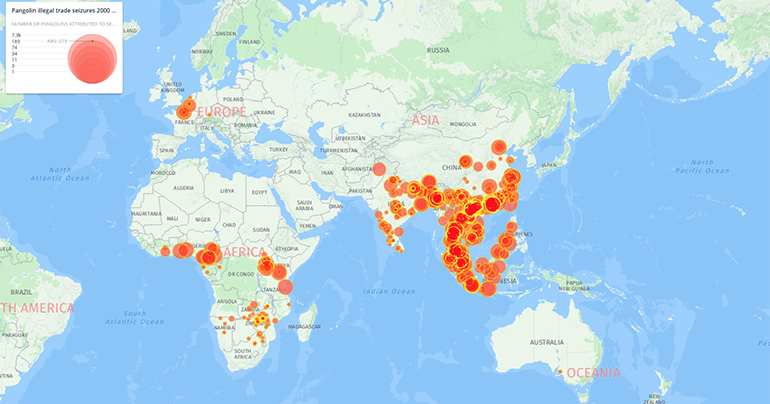
China has a domestic yearly quota of pangolin scales, which can legally be bought if sourced from old stockpiles or African imports, supplying some 700 licensed hospitals and patented TCM remedies. But authenticating the actual origins of these scales can be a daunting task, making it “highly likely that many thousands of pangolins illegally trafficked from outside of China are making their way into the domestic trade,” according to Hamley.
Conservation organisations within China recognise that TCM prescriptions could spell extinction for pangolins. On World Pangolin Day 2017, Beijing-based NGO China Biodiversity Conservation and Green Development Foundation called for the burning of seized pangolin scales illegally trafficked to China.
“Given the slow rates at which pangolins reproduce,” Hamley notes, “in addition to the already globally threatened status of all eight species, such industrial rates of exploitation are likely causing dramatic wild population declines.”
Why not just farm pangolins?
In an ideal world, wildlife would be undisturbed in the wild. But given the growing demand for pangolin scales, some ask, why not simply farm them?
Well, it has been tried – but some species simply don’t do well outside the wild, and pangolins are one of them. Over 100 zoos and organisations around the world have tried to sustain pangolins in captivity for more than 150 years with little success, according to a study which reviewed the historic records of captive pangolins. The majority of pangolins died within the first six months to three years, with mortality rates of 70% in the first year.
Due to the pangolins’ highly specialised diets and susceptibility to capture-induced stress, commercial breeding to supply the trade is not a viable option.
What’s more, Hamley says, farms may actually increase demand for wildlife products.
“A legal market stimulates and perpetuates demand, we’ve seen that with elephant ivory and farmed tiger parts,” he says.
So how many pangolins are left?
This is the million dollar question, but the fact is that accurate estimates are extremely hard to come by due to pangolins’ increasing rarity, coupled with their elusive nature and nocturnal activity. One thing is for sure, their numbers are declining fast.
For the Sunda pangolin, which ranges over much of Southeast Asia, the IUCN states suspected declines of up to 80% over the 21 years from 1995 to 2016, with even greater declines projected for the years following.
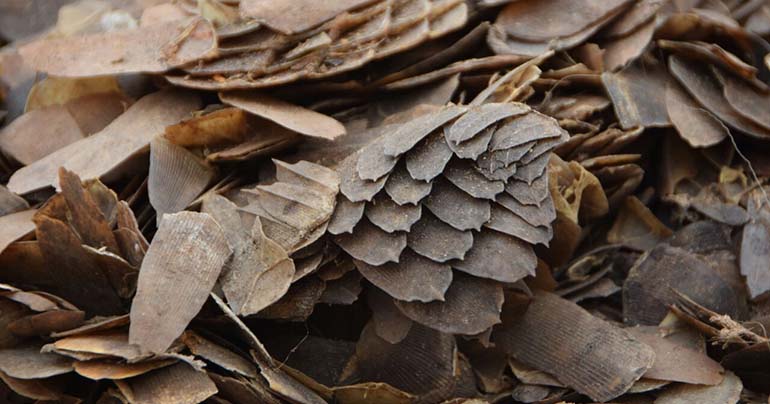
Are pangolins protected?
Despite all Southeast Asian countries except Timor-Leste ratifying the CITES international treaty prohibiting all trade in the endangered animal, there have been record busts of pangolin products throughout the region this month alone.
On 7 February, authorities seized 30 tonnes of pangolins in Sabah, Borneo, valued at $2m. The seizure – Malaysia’s largest to date, included hundreds of frozen pangolins, more than 60 live pangolins and over 360 kgs of scales. The Borneo bust came just weeks after Hong Kong’s biggest-ever seizure of pangolins scales weighing in at 8.2 tonnes from almost 14,000 pangolins.
“No threatened species can withstand industrial levels of extraction such as this,” Kanitha Krishnasamy, TRAFFIC’s Southeast Asia director, told AFP.
What is being done to protect pangolins?
TRAFFIC global communications coordinator Richard Thomas says that the world is slowly realising the urgent need for pangolin protection.
“Over the past eight or so years, we’ve succeeded in attracting unprecedented high-level political attention to wildlife crime,” he says. “UN Resolutions have been passed – so countries are waking up to the threat it poses to their natural resources and steps that need to be taken to reign in the criminals behind the trafficking.”
[manual_related_posts]
In June 2017, experts from 16 countries gathered in Singapore to create the first ever regional strategy to conserve the Critically Endangered Sunda pangolin. Dan Challender, chair of the IUCN Species Survival Commission Pangolin Specialist Group, spoke of the need for immediate action.
“The sheer scale of the pangolin trade is epic, and time is of the essence,” he said.
TRAFFIC’s Thomas says that busts are not enough to stem the trafficking of pangolin products.
“Ultimately, it needs a change in consumer attitude to reduce the demand that fuels the trade – and efforts are underway to change mindsets,” he says. “For the good of the planet, they need to succeed.”
What can I do to help?
The EIA advises saying no to any products containing pangolin, “particularly if you live in or travel to, China or Vietnam.” Exercise caution when buying TCM ‘herbal’ products, including those which have been imported, and avoid those with the ingredients “Chuan Shan Jia”, also written as 穿山甲.
There are several organisations working to protect pangolins in the region, in some cases rescuing them from trafficking and even releasing them back into the wild:
Environmental Investigation Agency
IUCN Pangolin Specialist Group
Save Pangolins
Save Vietnam’s Wildlife
WildAid
Wildlife Alliance
